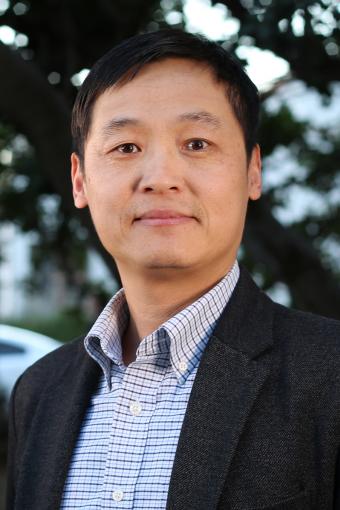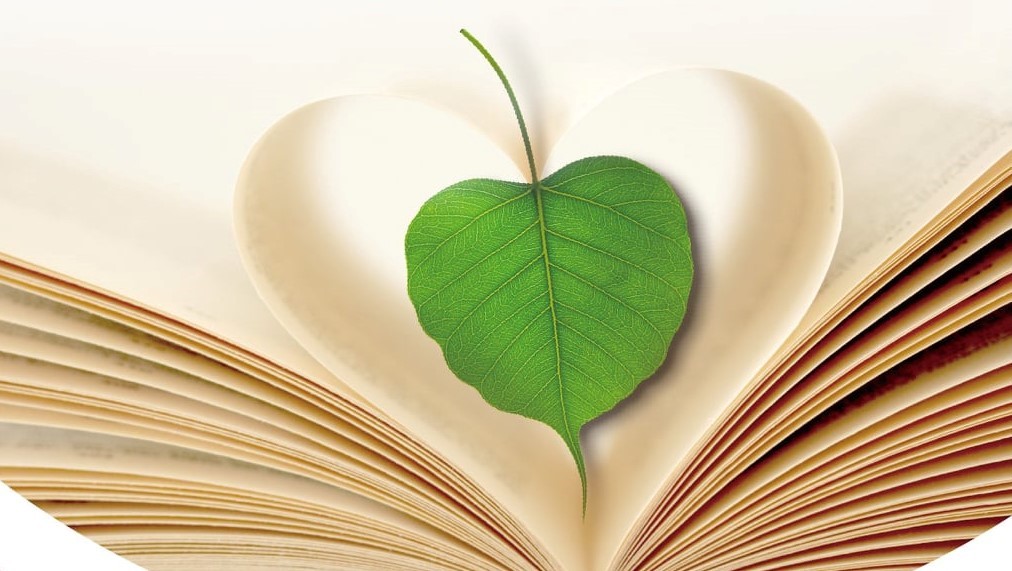Welcome to our series of conversations with participating speakers at this year’s Tung Lin Kok Yuen International Conference – Buddhist Canons: In Search of a Theoretical Foundation for a Wisdom-oriented Education (27–28 November 2021). In each blog post, I speak with keynote speakers and paper presenters about their subject at this conference.
Register for this insightful symposium here.
Opening the Canon: New Challenges to Buddhist Studies in Humanities Education
Prof. Wu Jiang is director of the Center of Buddhist Studies and professor in the Department of East Asian Studies at the University of Arizona. His research interests include seventeenth-century Chinese Buddhism, Chinese Buddhist canons, spatial analysis of religion, and the historical exchanges between Chinese and Japanese Buddhism. He is the author of numerous books and articles such as Enlightenment in Dispute (Oxford, 2008), Leaving for the Rising Sun (Oxford, 2015), and editor of Spreading Buddha’s Word in East Asia (Columbia, 2016), Reinventing the Tripitaka (Lexington, 2017), The Formation of Regional Religious Systems in Greater China (Routledge, 2022).

Buddhistdoor Global (BDG): You note that the definition of “canon” in an Asian and Buddhist context is different to that of a Western understanding. Can you elaborate?
Wu Jiang (WJ): The meaning of canon can be very broad, and each canon is different. It can refer to a set of classics which has been commonly regarded as foundational in a tradition. In the Christian world, if you mention the word canon, usually it means the Bible, which is a one-book canon. In the literary world, it also means an acknowledged set of literary classics such as Shakespeare’s works. In East Asia, “canon” can be loosely translated as “jingdian” or classics such as the Confucian classics. In the Buddhist world, we use the word “canon” to refer to “Dazangjing” (大藏经) or “the great store of scriptures.”
Although there are a lot of similarities between canons in the East and the West, the Buddhist canon is more complicated in terms of its size, structure, and the canon-making process. The number of classics is much more than the Biblical canon and its structure and organizing principles have evolved through ages and remain open for creative adaptions.
BDG: The canon is now accessible on various websites and online databases, yet not everyone can engage with it. How can we “open the canon,” according to your paper?
WJ: The digital Buddhist canon is a great advancement in modern times. However, it doesn’t mean that we can interact with the canon more effectively and intimately. It created an illusion that we have “possessed” the canon through a simple search of its full text, which cannot guarantee that we have understood the canon. By using the verb “open” metaphorically and symbolically, I mean that it is time to fully engage and understand the history, structure, and the content of the canon. It also means that the canon is always open to us for further engagement such as reading, commentating, anthologizing, including changing itself to allow it to evolve in this new age. The ways of opening the canon do not limit to reading and chanting the scriptures religiously and ritualistically. It can be a collective effort of textual practice to make the canon central to our life. In this sense, this opening up is not an individual act, but communal and participatory.
BDG: What is the role of the humanities in helping us to understand the East Asian Buddhist canon?
WJ: The Buddhist canon is no longer confined to religious communities. Rather, it has become a legitimate field of research in humanities. The field of humanities today has become increasingly interdisciplinary. It provides new tools such as digital humanities and literary analysis to study complex subjects such as the Buddhist canon. In the process of reinventing the humanities, research on the Buddhist canon can play a positive role, allowing scholars to experiment different research methods. This new path of humanities research can also help to preserve the Buddhist canon as a body of cultural heritage, and allow it to enter a broader network of information among scholars and tertiary institutions.
BDG: Humanities is in a curious place in our post-COVID society. How should Buddhists and humanities scholars make the case for a revived engagement with the sutras and their humanistic study?
WJ: Many people have discussed about the decline of humanities in recent decades and the COVID pandemic seems to have worsen this declining trend. Some may suggest that the humanities may vanish or disappear. However, I think the pandemic provides a great opportunity for the humanities because this crisis has spurred us all to reflect upon the priceless value, and also limitations and fragilities, of human life.
The Buddhist canon is such a treasure house that has created a centralizing spiritual force amid this de-centralizing world. By working together, humanities scholars can look at the Buddhist canon from a humanistic perspective beyond merely bibliographical and textual approaches. In this way, both Buddhists and humanities scholars have the potential to open up new opportunities for each other. This new and energetic synergy may generate a new paradigm of research, teaching, and outreach for higher education.
See more
Related blog posts from Buddhistdoor Global
Buddhist Canons: In Search of a Theoretical Foundation for a Wisdom-oriented Education



[…] The TLKY International Conference 2021 Interview Series – Prof. Wu JiangBuddhist Canons: In Search of a Theoretical Foundation for a Wisdom-oriented Education […]